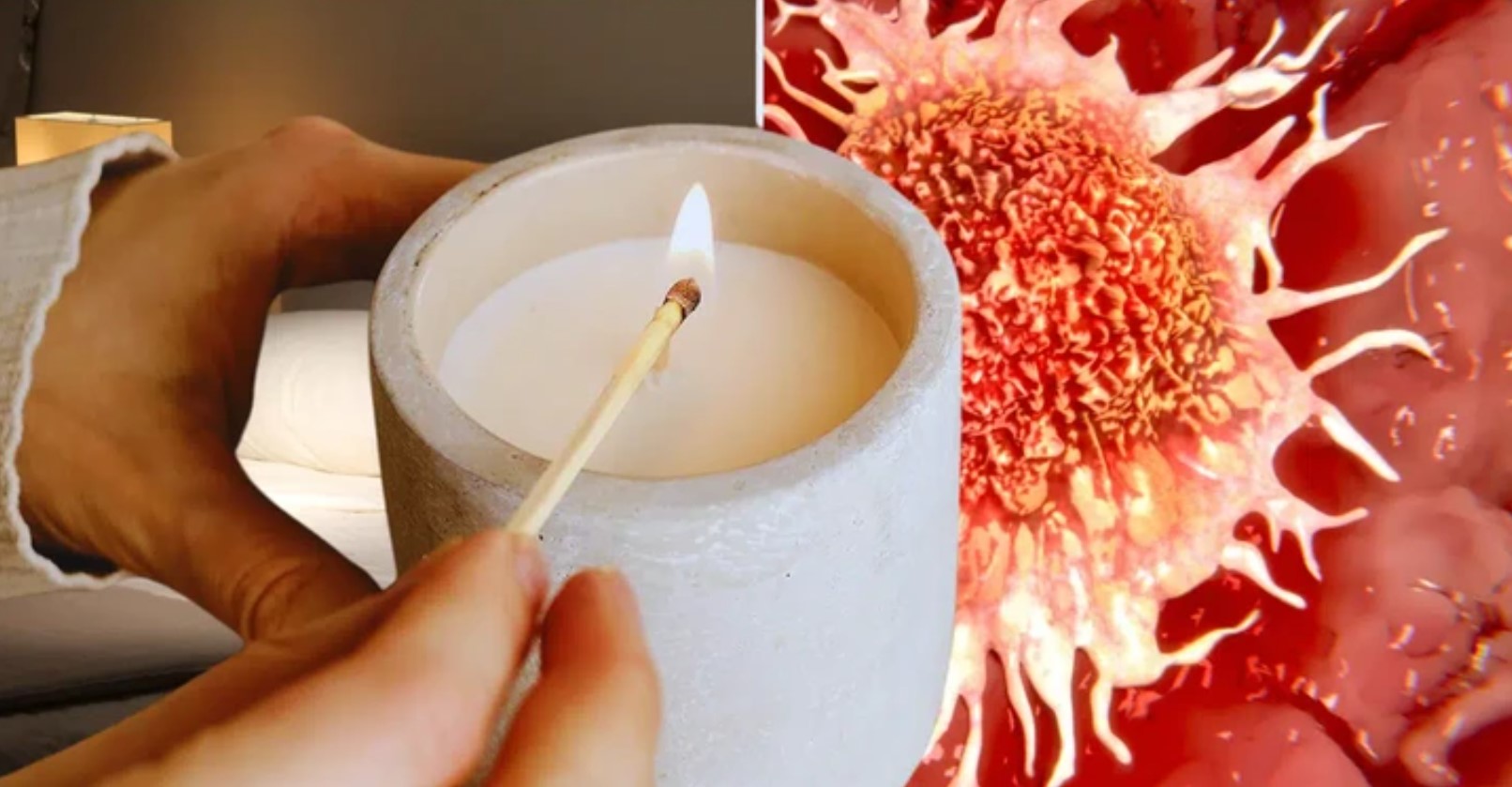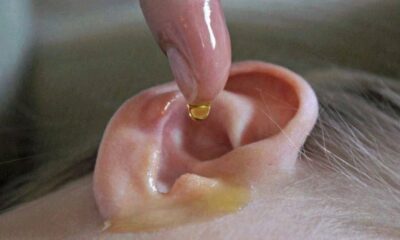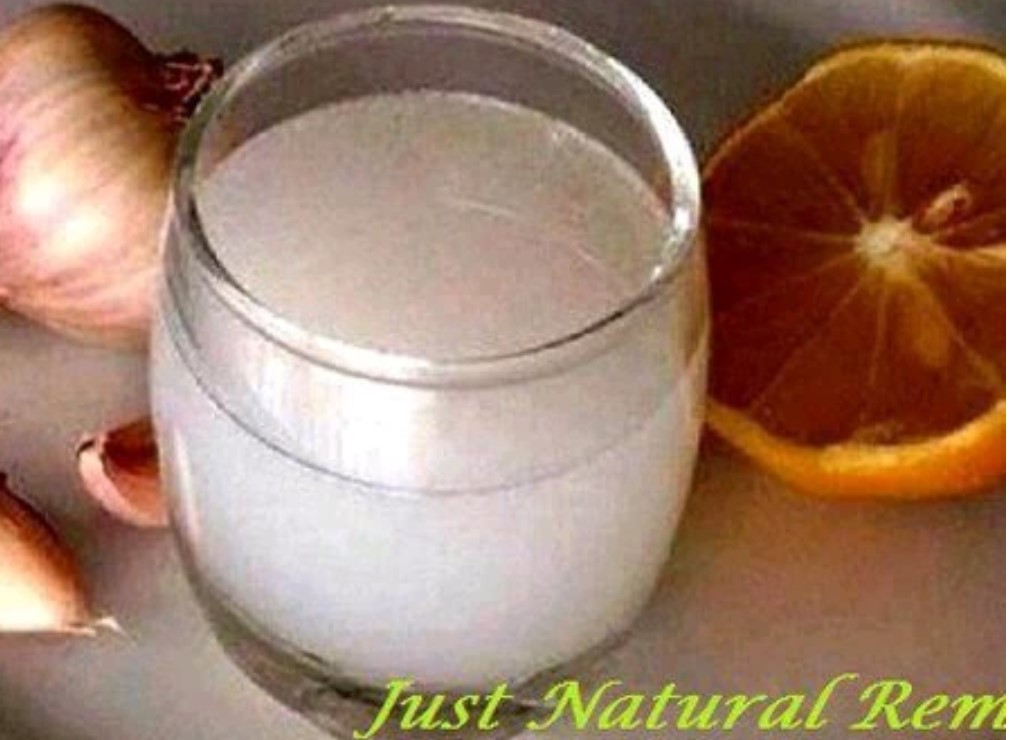Many of us use common household items without a second thought, unaware of the potential health risks they may pose. From cleaning supplies to personal care products, seemingly harmless objects can contain harmful chemicals that affect our well-being over time. In this blog post, we’ll explore some of these hidden dangers and provide safer alternatives to help you create a healthier home environment.
Thermal Paper Receipts: A Toxic Touch
Thermal paper receipts, commonly used in retail transactions, pose hidden dangers due to the presence of bisphenol A (BPA), a chemical linked to various health concerns. BPA is used in the coating of thermal paper to create the printed text, and studies have shown that it can disrupt hormonal balance and potentially lead to reproductive issues, obesity, and even certain cancers. One of the most alarming aspects of BPA is its ability to be absorbed through the skin, especially when handling multiple receipts or when they come into contact with moisture…Click Here To Continue Reading>> …Click Here To Continue Reading>>
To minimize exposure to BPA, it’s essential to handle receipts safely. Consider using gloves when handling thermal paper, or limit direct contact by placing them in a wallet or purse immediately after receiving them. Additionally, opting for digital receipts whenever possible can significantly reduce your exposure to this harmful chemical. By being mindful of how we manage thermal paper receipts, we can better protect our health and well-being[1].
Nonstick Cookware: A Recipe for Health Concerns
Nonstick cookware has become a staple in many kitchens due to its convenience, but it carries potential health risks that should not be overlooked. The nonstick coatings, often made from polytetrafluoroethylene (PTFE), can release toxic fumes when overheated, particularly at temperatures above 500 degrees Fahrenheit. These fumes can cause flu-like symptoms in humans and can be fatal to birds, highlighting their toxicity. Additionally, many nonstick products were previously manufactured using perfluorooctanoic acid (PFOA), a chemical linked to serious long-term health effects, including cancer, liver damage, and developmental issues. Although PFOA has been largely phased out, concerns about residual exposure remain[1].
To minimize these risks, consider safer cookware alternatives such as ceramic or stainless steel. These materials do not contain harmful chemicals and provide a safer cooking environment. By making informed choices about cookware, you can protect your health while still enjoying the benefits of efficient cooking. Prioritizing safety in the kitchen is essential for long-term well-being[1].
Scented Candles: A Fragrant Threat
Scented candles, often seen as a delightful addition to our homes, can actually pose hidden dangers due to the harmful chemicals they release when burned. Many scented candles contain paraffin wax, which, when lit, can emit substances like formaldehyde and benzene into the air. Prolonged exposure to these chemicals can lead to respiratory issues, headaches, and even more serious health concerns over time. The soot produced by burning these candles can also contribute to indoor air pollution, further exacerbating health risks, especially for those with pre-existing conditions[1].
To create a safer and more pleasant atmosphere in your home, consider using alternatives such as soy or beeswax candles, which burn cleaner and produce fewer harmful emissions. Essential oil diffusers or natural potpourri can also provide lovely scents without the associated risks. By being mindful of the products we choose for home fragrance, we can enjoy a pleasant environment while prioritizing our health and well-being[1].
Air Fresheners: A Breath of Fresh Toxins
Air fresheners are commonly used to mask unpleasant odors and create a pleasant atmosphere in our homes, but they often contain harmful chemicals that can pose serious health risks. One of the most concerning ingredients found in many air fresheners is phthalates, which are used to enhance fragrance but are known endocrine disruptors. Frequent exposure to these chemicals can lead to a variety of health issues, including respiratory problems, headaches, and even reproductive issues. Additionally, the volatile organic compounds (VOCs) released by air fresheners can contribute to indoor air pollution, exacerbating allergies and asthma symptoms[1].
To minimize these risks, consider using natural alternatives for freshening indoor air. Options such as essential oil diffusers, which use natural plant extracts, can provide pleasant scents without harmful chemicals. Other alternatives include using baking soda to absorb odors or placing bowls of vinegar around the home to neutralize smells. By opting for safer methods, you can enjoy a fresh environment while protecting your health and well-being[1].
Dry Cleaning: The Hidden Cost of Clean Clothes
Dry cleaning is a convenient service for maintaining our clothing, but it often involves the use of harmful solvents that can pose significant health risks. One of the most common chemicals used in the dry cleaning process is perchloroethylene, or perc, which is known for its effectiveness in removing stains. However, exposure to perc can lead to a range of health issues, including dizziness, headaches, and long-term effects such as liver and kidney damage. Additionally, prolonged exposure has been linked to an increased risk of certain cancers[1]. READ FULL STORY HERE>>>CLICK HERE TO CONTINUE READING>>>
To minimize exposure to these hazardous chemicals, consider opting for eco-friendly dry cleaning alternatives that use safer solvents or methods, such as wet cleaning. When using traditional dry cleaning services, allow your garments to air out in a well-ventilated area before wearing them. Furthermore, inquire about the cleaning methods used by your dry cleaner to ensure they prioritize safety and environmental responsibility. By being proactive, you can protect your health while still enjoying clean, fresh clothing[1].
Plastic Food Containers: Serving Up Chemicals
Plastic food containers are a convenient choice for storing and transporting meals, but they come with significant risks that can impact our health. Many plastic containers are made with chemicals such as bisphenol A (BPA) and phthalates, which can leach into food, especially when exposed to heat or acidic substances. This leaching process raises serious health concerns, as consuming these chemicals has been linked to hormonal disruptions, reproductive issues, and an increased risk of certain cancers. Additionally, long-term exposure to these substances can contribute to metabolic disorders and obesity[1].
To safeguard your health, it’s advisable to switch to safer alternatives like glass or stainless steel containers. These materials are not only durable and reusable but also free from harmful chemicals that can contaminate your food. By making this simple change, you can enjoy peace of mind knowing that your food storage choices are healthier and more environmentally friendly, ultimately promoting better well-being for you and your family[1].
Humidifiers: A Breeding Ground for Bacteria
Humidifiers can be beneficial for maintaining comfortable humidity levels in our homes, but they also come with potential health risks if not properly maintained. When humidifiers are neglected, they can become breeding grounds for dangerous bacteria and mold, which can be released into the air we breathe. This exposure can lead to various health issues, including respiratory infections, asthma flare-ups, and allergic reactions. The fine mist produced by an unclean humidifier can carry these harmful microorganisms, posing a risk to everyone, especially vulnerable individuals like children and the elderly[1].
To mitigate these risks, it’s essential to follow proper maintenance practices. Regularly clean your humidifier according to the manufacturer’s instructions, ideally every few days, and replace the water daily to prevent stagnation. Additionally, using distilled or demineralized water can help reduce mineral buildup and bacteria growth. By taking these simple steps, you can enjoy the benefits of a humidifier while minimizing potential health hazards in your home[1].
Antibacterial Soaps: More Harm Than Good
Antibacterial soaps have gained popularity for their promise to eliminate germs, but they often contain harmful ingredients that can pose health risks. Many of these soaps include triclosan and triclocarban, chemicals that have raised safety concerns due to their potential to disrupt hormonal systems and contribute to antibiotic resistance. In response to these risks, the FDA has banned the use of certain antibacterial chemicals in consumer soaps, emphasizing that there is no significant evidence that these products are more effective than regular soap and water in preventing illness[1].
The overuse of antibacterial agents can also lead to the development of resistant bacteria, making infections harder to treat. To protect your health and the environment, it’s advisable to stick with regular soap and water for handwashing. This simple practice is effective in removing germs without the risks associated with antibacterial products. By making this switch, you can contribute to a healthier lifestyle while helping to combat the growing issue of antibiotic resistance[1].
By being aware of these hidden dangers and taking steps to minimize exposure, we can create safer, healthier living environments for ourselves and our loved ones. Remember, small changes can make a big difference in protecting our long-term health and well-being.


 SPORTS8 months ago
SPORTS8 months ago
 HEALTH & LIFESTYLE9 months ago
HEALTH & LIFESTYLE9 months ago
 IN-THE-NEWS9 months ago
IN-THE-NEWS9 months ago
 IN-THE-NEWS4 months ago
IN-THE-NEWS4 months ago
 SPORTS8 months ago
SPORTS8 months ago
 SPORTS9 months ago
SPORTS9 months ago
 HEALTH & LIFESTYLE9 months ago
HEALTH & LIFESTYLE9 months ago
 METRO4 months ago
METRO4 months ago


